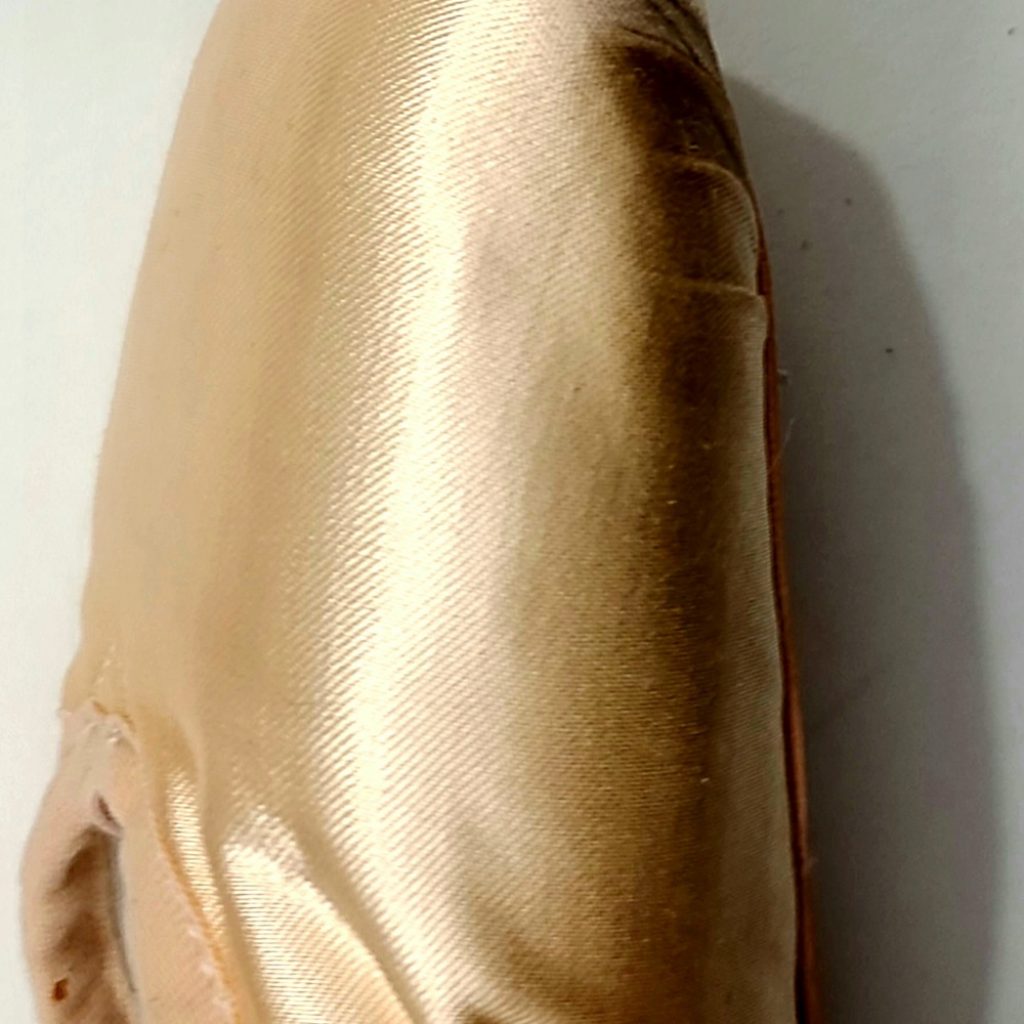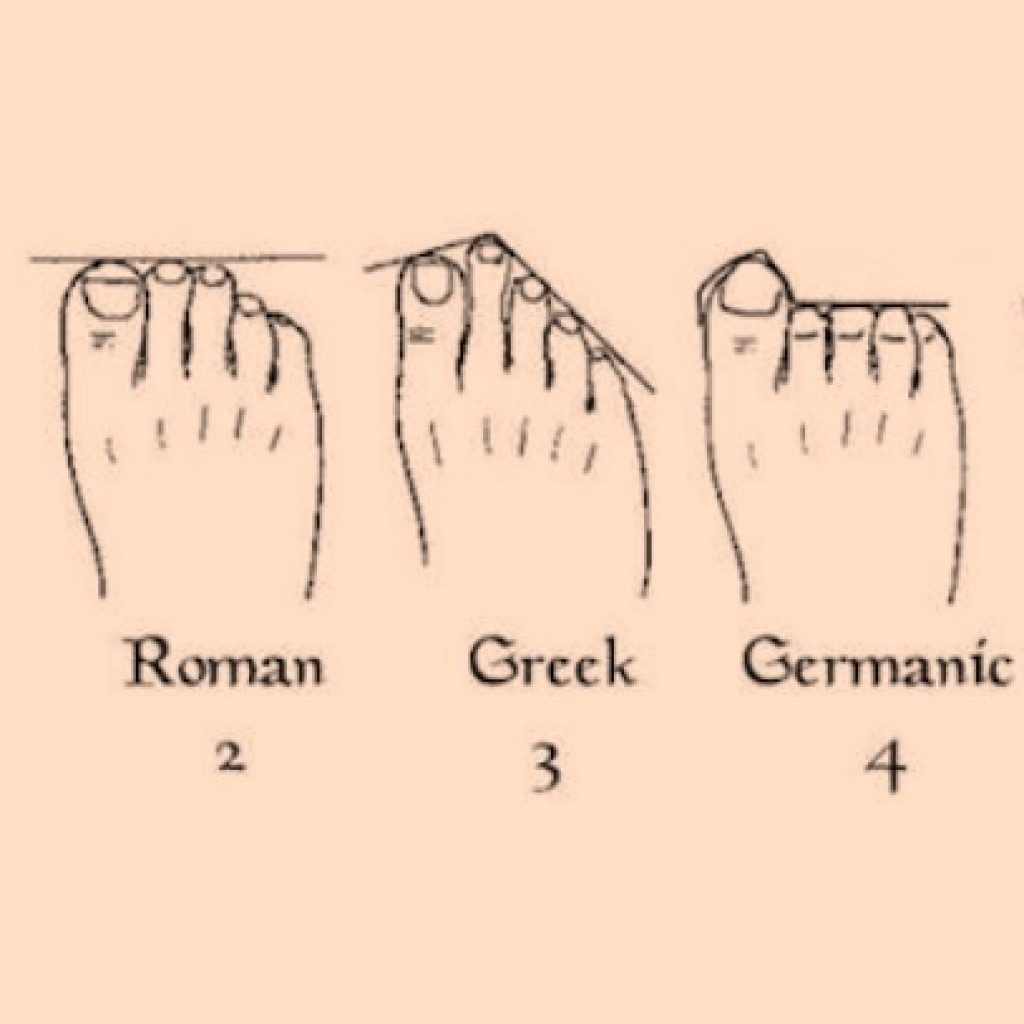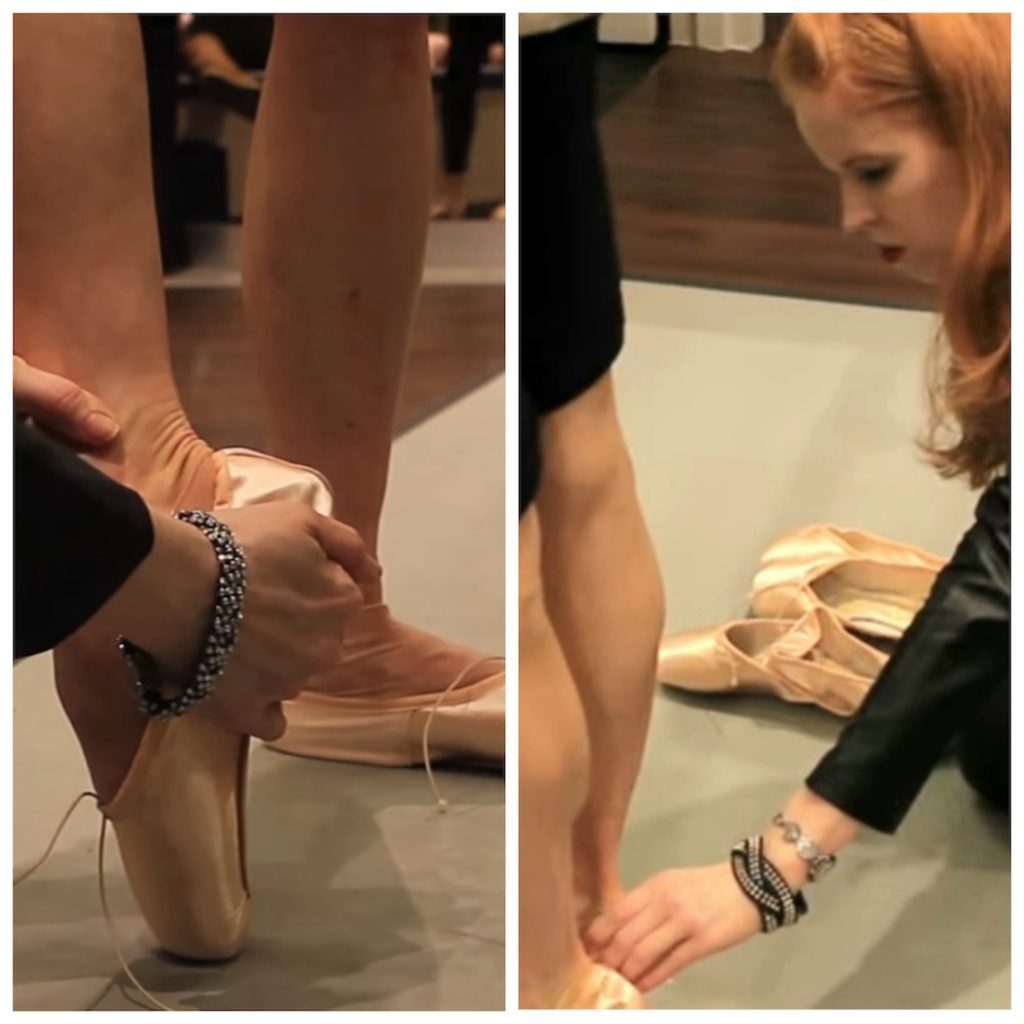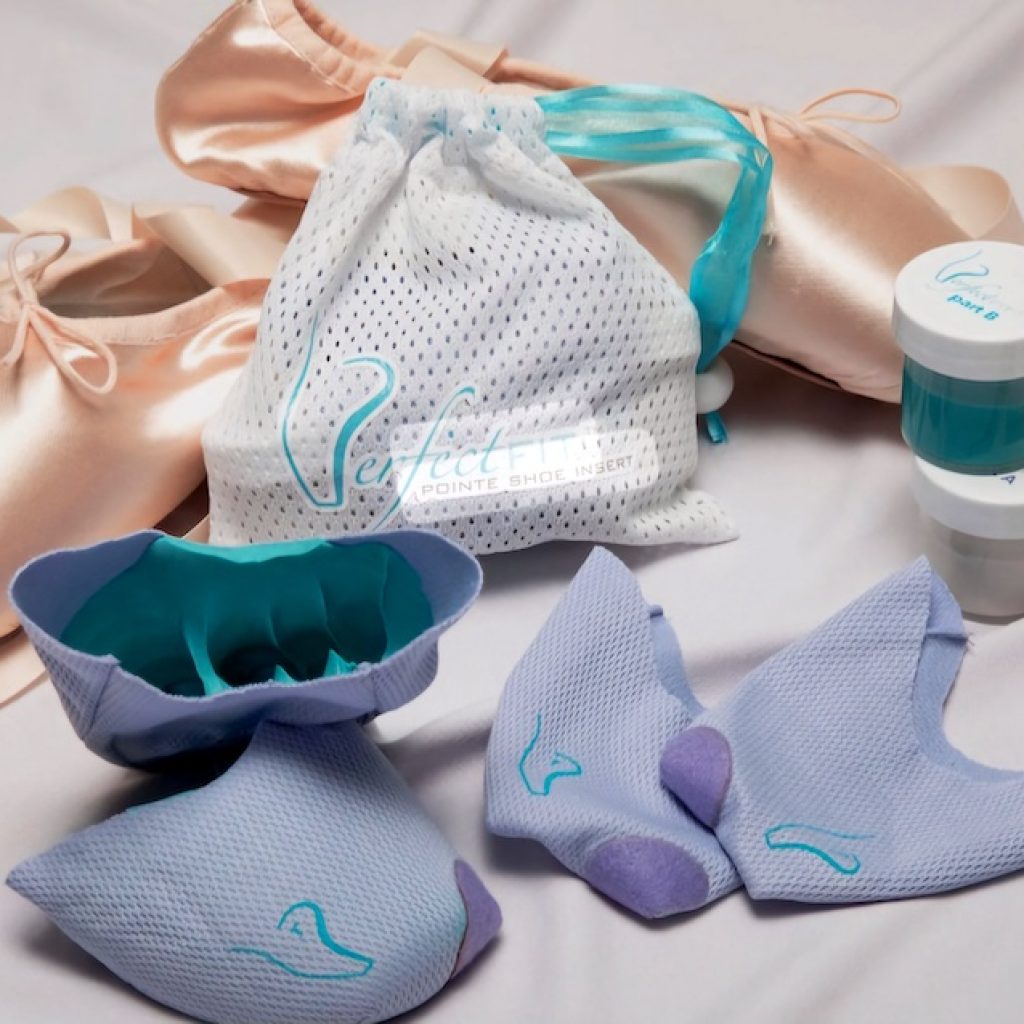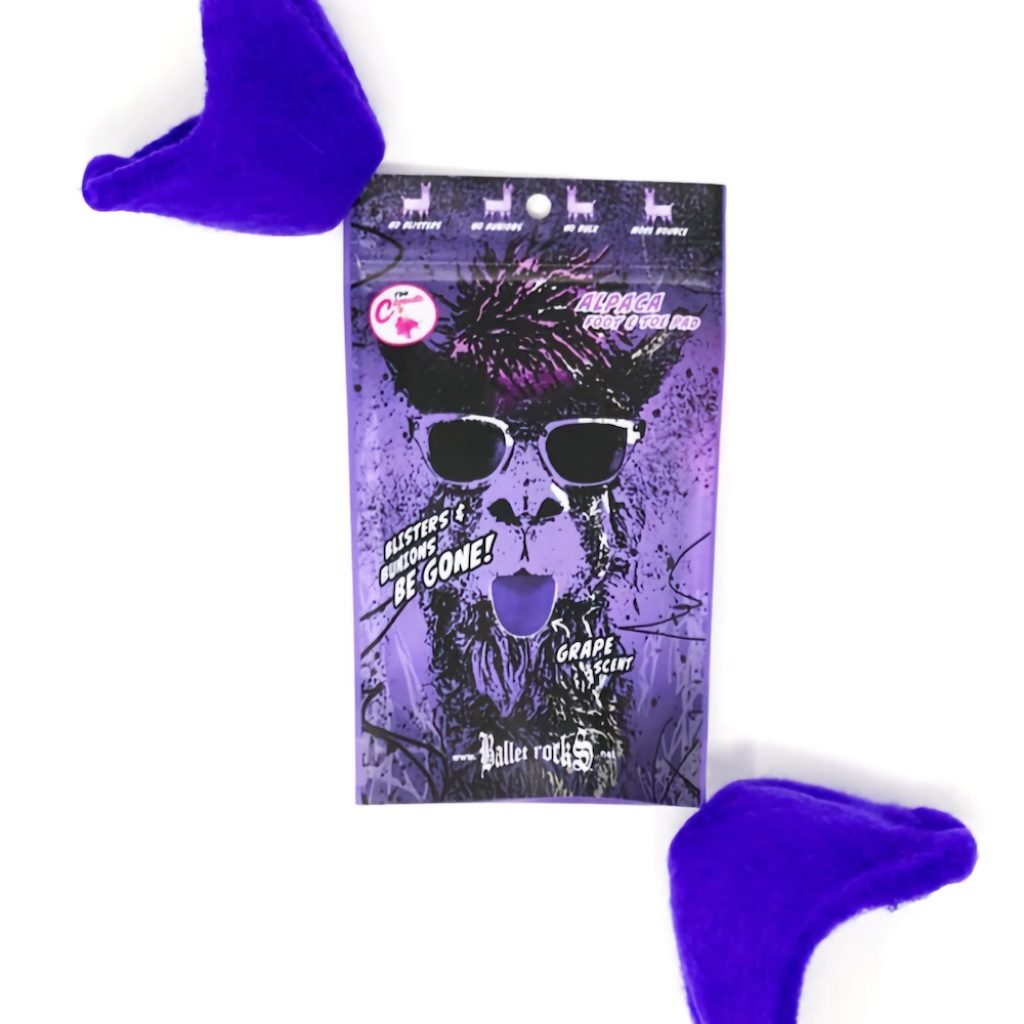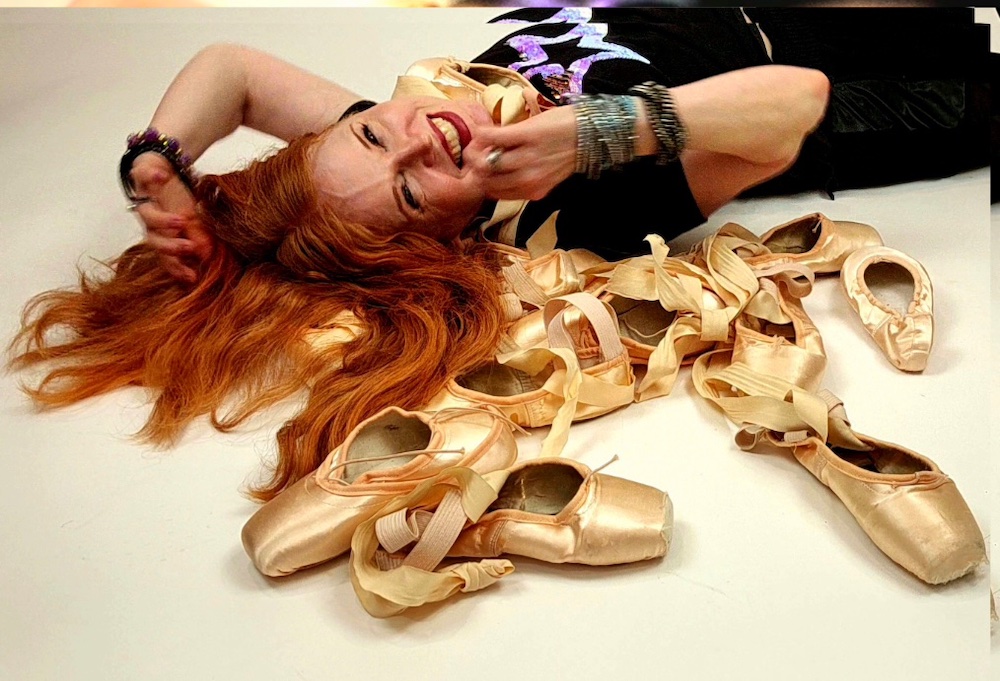Toe pad or not toe pad, that is the question
[ad_1]
Toe pad or not toe pad, that is the question. Whether ’tis nobler in the mind to suffer the numerous blisters and corns or take pads against the sea of discomfort. That isn’t exactly what Shakespeare had in mind, but padding for pointe shoes is an age-old problem.
Padding comes in all sorts of materials, shapes and sizes. The most important thing is to find a pad that will work for you, not the dancer next to you. Your foot is unique and should be treated as such. The renowned dance podiatrist, Dr. Terry Spilken, author of The Dancer’s Foot Book, once told me, “It’s about customization.”
In the 21st century, dancers have access to all manner of substances, and every teacher, student and dance retail company has an opinion on what is the best. Big pads, little pads, no pads, moldable pads, old technology vs. new. Dancers can choose from traditional fibers like lambswool or contemporary technology such as Poron, gel, Silipos, silicone and even moldable plastics.
While padding can bring great relief from the pain of pointe work, over-padding can also be detrimental. If there is too much padding, you cannot feel the shoe or the floor. Articulation of the toes and feet in the shoes can be compromised. Think of padding like wearing fine leather gloves. The gloves move with you, allowing fluid articulation of the joints. Too much padding is akin to wearing mittens; they get the job done but do not allow for sensitivity or facile movement. The best kind of padding is something that assists you in your dancing, helps you stay out of pain and allows you to make the pointe shoe a part of your body. That’s a tall order for such tiny pieces of material.
The first thing to consider is your foot size and shape — not every dancer needs a full-sized pad or the latest product on the market. It really depends on your foot shape, width and profile/crown height. In general, the Giselle foot type, with its square shaped ball of foot and strong, sturdy toes, needs a nominal amount of protection. Often, this foot type can go with the smallest of pads or even something as minimal as loose lambswool. The Greek (long second toe) and Egyptian foot (long first toe) types usually need more TLC. Constructive padding is needed to help distribute the weight evenly across the ball of the foot and keep the toes from crunching. The other categories — Germanic and Celtic — will also need more assistance due to their uneven toe lengths. If you are unsure of your foot type, there are lots of helpful pictures available with a simple Google search. Ask your teacher to assess your foot in regards to padding and what makes sense for your foot shape, age and skill level.
Remain flexible in your mind about what you want to purchase; there should be try-on samples at any dance retail store. Be careful to read labels about what materials are used. Quite a few pads have products in them that may not be suitable for people with allergies. Consider wearability; how much will it cost vs. how long it will last? Can the pads be laundered? Can they handle air drying in a dryer? That makes a big difference if you are dancing in a summer program for hours at a time en pointe in the middle of July.
Any discussion about padding has to include the wide range of foot care products available. There are all manner of toe sleeves, heel grippers, tip cushions, toe separators and a plethora of over-the-counter pedestrian foot cushions. These are meant to make shoes more comfortable and assist with an already anatomically correct fit. Some of the dancewear companies that sell products include Bunheads, Pillows for Pointe, Bloch, Grishko/Nikolay, Ballet Rocks, Só Dança, Suffolk, Danz Tech, Eurotard, Freed, Chacott and many more. Amazon shopping is inundated with inexpensive brands made outside of the U.S. Keep in mind that although padding products are helpful, they should not be used if they are not needed. Simply put, if it’s not broken, don’t fix it. Adding unnecessary padding can cause irritation and more pressure in an already tight space in the shoe. This includes toe separators; not everyone needs them.
One of the latest innovations in padding is PerfectFit Pointe. The product is molded in a similar fashion to when a dentist creates night guards. PerfectFit moldable impression materials are a two-part silicone putty. It is up to the customer to mix the substances together, and the shape is created by placing a protected foot inside the shoe. After drying, you have a custom pad fit to the unique qualities of your feet. There are benefits to this padding, especially for dancers who have uneven toe lengths. It can also help dancers with slim and narrow feet to keep from sinking into the shoes. It eliminates friction and keeps the dancer in a good anatomical position en pointe. The downside is that while padding can bring great relief from the pain of pointe work, the pads should not be used to fix an incorrect size or width in a pointe shoe.
If you are an environmentalist or prefer an all-natural fiber, Ballet Rocks has a creative line that is comfortable to wear with bright colors. The company uses alpaca fiber rather than lambswool in their Toe Candy and Toe Clouds. Alpaca provides a superior host of benefits, including anti-bacterial and hypoallergenic properties. It is softer than lambswool and helps wick away perspiration. Best of all, their products have entertaining “flavors” – imagine taking off your pointe shoes and smelling grape or bubblegum. Ballet Rocks sources their alpaca from farms in the U.S. that have cruelty-free practices, and the company donates a portion of their profits to animal shelters and other worthy causes.
It can take time to figure out what padding works for you, and what you need for your feet changes throughout your career. It really is important to experiment, and that is all part of the journey. Whatever you choose, make it count. This above all: to thine own feet be true.
By Mary Carpenter of Dancewithmary NYC.
Mary Carpenter is a former professional ballet dancer who began her studies at CCM, the official school for the Cincinnati Ballet Company, and was on scholarship at the David Howard Dance Center. Mary also holds a BA with high honors in dance from Butler University. She has danced for the Metropolitan Opera Ballet, Ohio Dance Theatre, Granite State Ballet, Maryland Ballet, Lexington Ballet and Charleston Ballet, and performed in numerous off-Broadway shows. Mary has contributed to the dance community as a dedicated instructor in ballet, Pilates and Progressing Ballet Technique (PBT), and served on the faculty of Broadway Dance Center, the Ballet Hispánico School of Dance, Barnard College and The New School University. She is current faculty for Ballet Academy East and the world-famous Steps on Broadway. Her classes for adult beginners are available virtually on the Dancio.com website. With over three decades of experience, Mary has become a highly skilled pointe shoe fitter. She has worked with dancers from prestigious companies such as American Ballet Theatre (ABT), The Royal Ballet and New York City Ballet. Her expertise in fitting pointe shoes has led her to give lectures at renowned summer programs, including ABT/JKO, Dance Theatre of Harlem, NYSSSA and Oklahoma Summer Arts in Quartz. In 2015, Mary launched her YouTube channel, “Dancewithmary NYC,” where she shares her knowledge and expertise on pointe shoes through monthly segments. Her channel has become a valuable resource for dancers and teachers seeking guidance and advice.

[ad_2]


